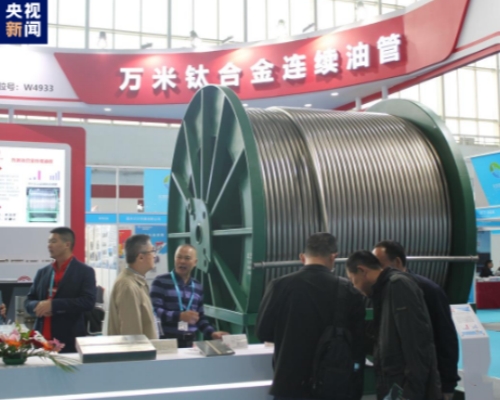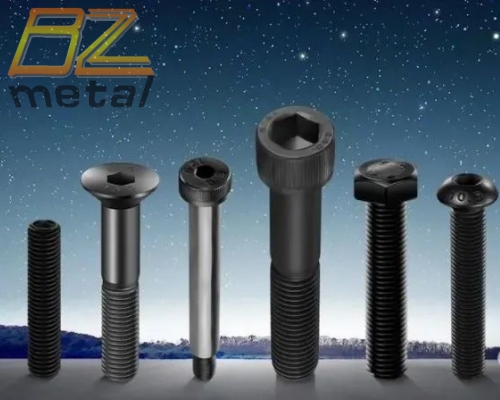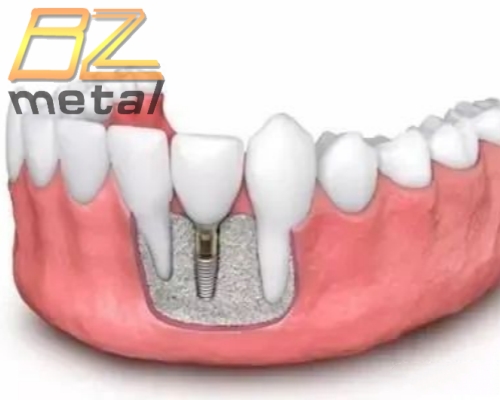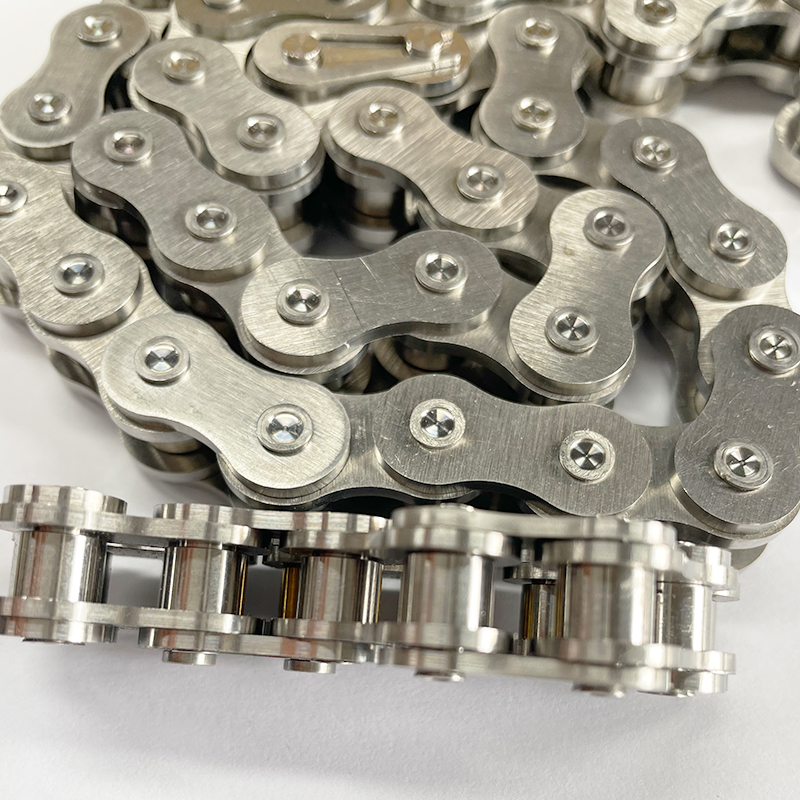Simulation Of Explosive Welding Of Titanium Tube-Tubesheet In High Pressure Heat Exchanger
Simulation Of Explosive Welding Of Titanium Tube-Tubesheet In High Pressure Heat Exchanger
Explosive welding, also known as explosive bonding or explosive cladding, is a process used to join two dissimilar metals with a strong metallurgical bond by means of a controlled explosion. In the context of joining a titanium tube to a tubesheet in a high-pressure heat exchanger, here's how the process generally works:
Note: Explosive welding involves high pressures, shock waves, and potentially hazardous conditions. It should only be carried out by trained professionals following strict safety guidelines.
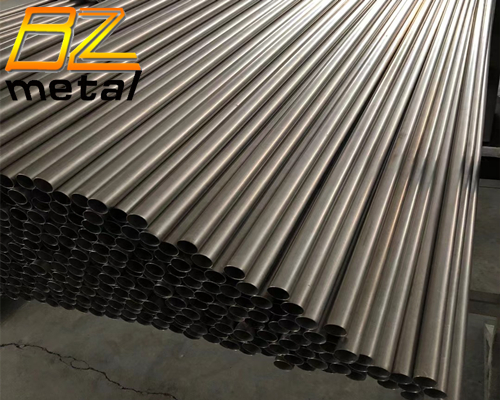
1. Surface Preparation:
The surfaces of the titanium tube and the tubesheet are thoroughly cleaned and prepared to ensure proper bonding.
The surfaces should be free from contaminants, oxides, and any other impurities.
The titanium tube is placed in close contact with the tubesheet.
The standoff distance between the tube and the tubesheet is crucial and needs to be carefully determined. This distance affects the success of the explosive bonding process.
3. Explosive Setup:
A layer of explosive material is placed on top of the titanium tube. The type and amount of explosive are carefully chosen based on the materials being joined and the desired bond strength.
Detonators and initiation systems are positioned at specific locations on the explosive layer.
4. Detonation:
The explosive charges are simultaneously detonated using precise timing.
The explosion generates a high-speed shockwave that forces the titanium tube into the tubesheet with tremendous pressure.
The pressure and impact cause the metals' surface atoms to deform and bond together at a metallurgical level.
5. Bond Formation:
The high-pressure and heat generated by the explosion result in plastic deformation and localized melting at the contact points between the tube and tubesheet.
This allows the materials to bond metallurgically, forming a strong, diffusion-bonded joint.
6. Post-Bonding Steps:
After the explosion, the assembly is allowed to cool down.
The bonded assembly is then inspected for quality and integrity. Non-destructive testing methods such as ultrasonic testing, radiographic testing, and visual inspection are commonly employed to ensure the bond's quality.
2. Configuration:
It's important to note that simulation of explosive welding is a complex task that requires specialized software and expertise. Simulation involves modeling the dynamic behavior of the materials during the explosion, shockwave propagation, plastic deformation, and the subsequent bonding process. Factors such as material properties, geometry, explosive properties, and environmental conditions all need to be accurately represented in the simulation.
Tools like finite element analysis (FEA) software are commonly used to simulate these processes. However, due to the specialized nature of this simulation and the potential dangers involved in explosive welding, it's recommended to work with experts in the field who have experience in both the process and the simulation techniques.

